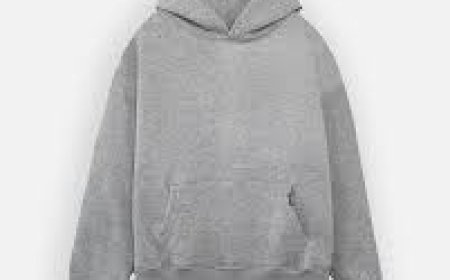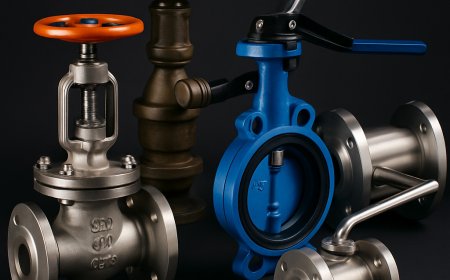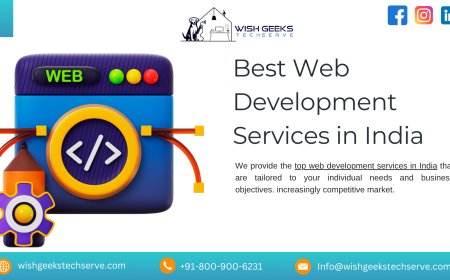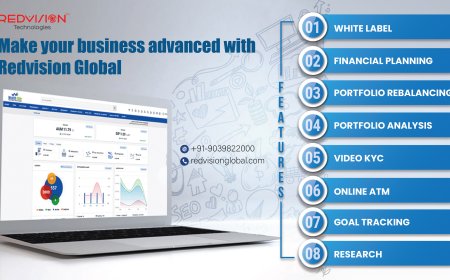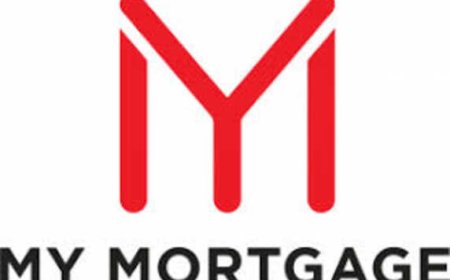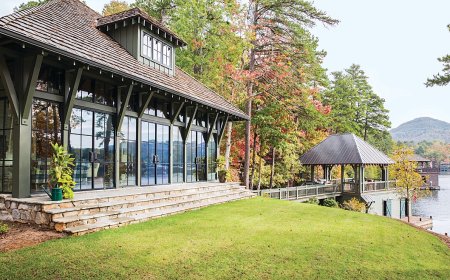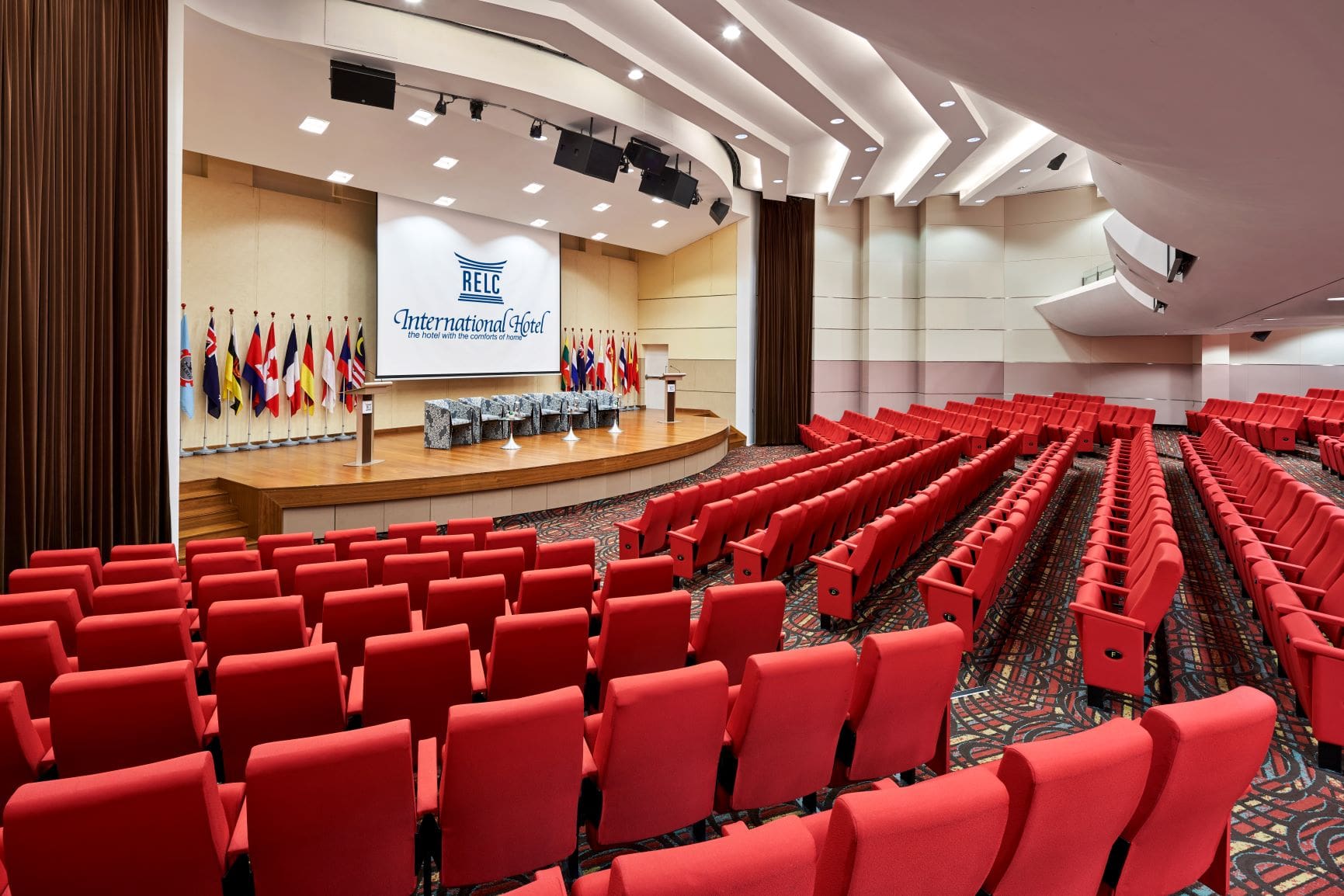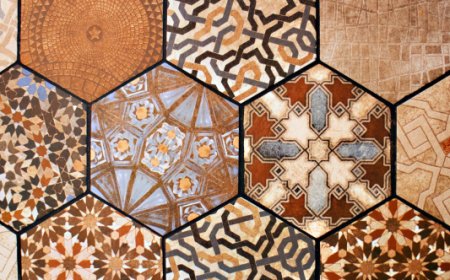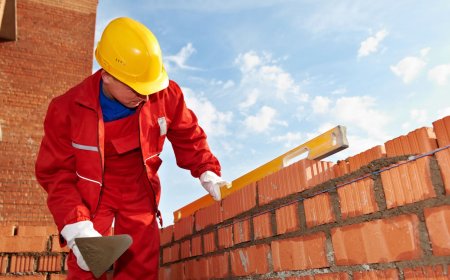The Role of Conference Table Design in Modern Workspaces
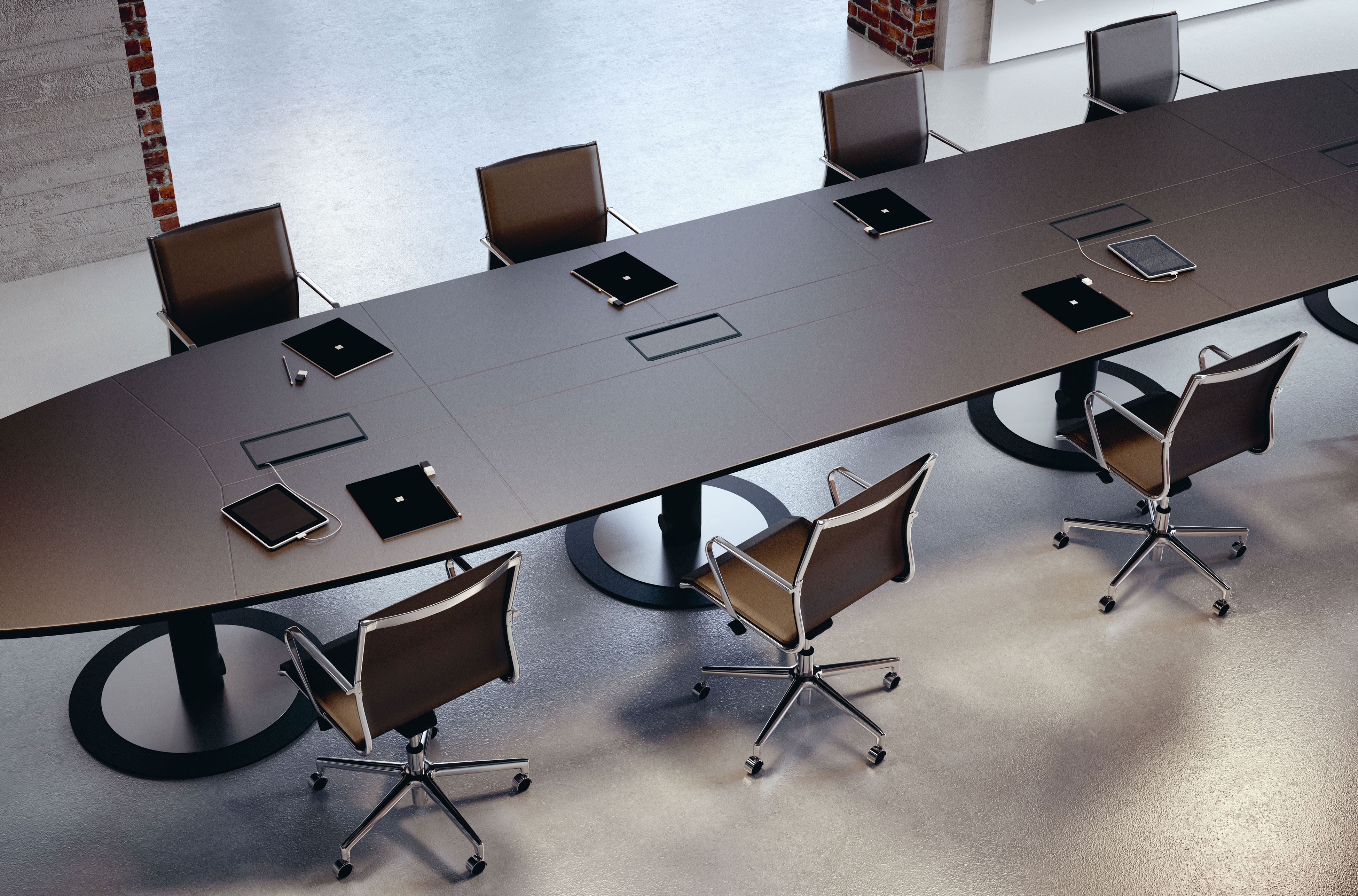
The modern workplace is no longer a dull, uninspiring setting filled with identical furniture pieces. Today, design plays a crucial role in shaping productivity, collaboration, and even the branding of a company. One of the most essential elements in any meeting room is the conference table design. Whether you're a corporate giant or a small startup, the design of your conference table can influence not just the aesthetics of your space, but also the dynamics of your meetings. From material selection and ergonomic functionality to technology integration and seating arrangements, businesses now invest significant time and resources into selecting the ideal conference table to reflect their organizational goals and values.
Why Conference Table Design Matters in Business Environments
A conference table is more than just a piece of furniture; it is the nucleus of any collaborative workspace. Teams brainstorm ideas, hold presentations, negotiate deals, and strategize plans around this centerpiece. A poorly designed conference table can create discomfort, reduce participation, and lead to communication barriers. On the other hand, a well-thought-out conference table design fosters engagement, allows for seamless interaction, and enhances decision-making efficiency. With the increasing focus on hybrid meetings and the integration of remote employees, the right design must now also consider technological adaptability, built-in power solutions, and ergonomic comfort for all participants.
Materials That Define Conference Table Design Excellence
One of the key factors influencing conference table design is the choice of materials. Wood remains a classic and popular choice due to its durability, warmth, and prestige. High-end companies often opt for solid hardwood or engineered wood veneers to create a premium look. For more contemporary offices, glass and metal offer a sleek, minimalist appeal. Glass tables with steel or aluminum bases exude sophistication and are ideal for tech-oriented organizations. Laminates are also widely used for their affordability and versatility in design options. Each material not only contributes to the overall aesthetic but also plays a part in acoustic control, maintenance, and sustainability.
Shape and Layout: Functional Aesthetics for Conference Rooms
When it comes to conference table design, shape plays a critical role in how participants interact with each other. Rectangular tables are the most traditional choice, offering clear hierarchical seating and suitable for formal meetings. However, round and oval tables are gaining popularity for promoting equality and inclusive discussions. U-shaped or V-shaped designs are particularly useful for presentations, allowing all attendees to maintain visual contact with the presenter and each other. Modular tables that can be reconfigured based on the meeting requirements are also in demand, particularly in co-working spaces or agile offices. The tables shape must be selected according to the room size, type of meetings, and the number of attendees it typically hosts.
Tech-Integrated Conference Table Design for Smart Meetings
With the shift toward digital collaboration, the conference table design must accommodate a range of technological needs. Built-in cable management systems, power sockets, USB ports, and wireless charging pads have become standard features in premium tables. Conference rooms now demand tables that can support high-definition video conferencing equipment, interactive whiteboards, and screen-sharing devices. A clean and clutter-free design ensures that cables and gadgets dont disrupt the aesthetics or create operational challenges. Moreover, some advanced designs even include motion sensors for automated lighting or embedded microphones to enhance audio clarity during virtual meetings. The goal is to make the environment tech-friendly without sacrificing style or functionality.
Ergonomics and User Comfort in Conference Table Planning
While most people associate ergonomics with office chairs and workstations, it is equally critical in conference table design. Poor ergonomics can lead to physical discomfort, which in turn affects productivity and meeting outcomes. The height of the table, legroom, and the alignment with conference chairs must be in harmony. Adjustable-height tables are now entering the meeting room, allowing users to switch between sitting and standing discussions. Adequate spacing between seats ensures privacy while still encouraging interaction. The surface material should reduce glare and support comfortable writing or typing. Thoughtful ergonomic design helps keep participants focused, engaged, and alert throughout long meetings.
Customization Trends in Conference Table Design
The growing emphasis on personalized office interiors has led to a surge in demand for custom conference table design options. Businesses are now incorporating branding elements such as logos, brand colors, and even mission statements into their conference furniture. LED lighting accents, edge inlays, and bespoke carving are just a few design elements that add uniqueness to a conference table. For businesses looking to make a bold impression on clients and partners, custom tables can be a powerful statement of identity and professionalism. Moreover, tables designed with sustainability in mindsuch as those using reclaimed wood or recyclable metalsare gaining favor among eco-conscious brands.
Space Optimization and Layout Planning
Designing the ideal conference table also requires understanding the spatial dynamics of the room. A good conference table design aligns with the dimensions of the room to allow free movement, clear sightlines, and proper airflow. Oversized tables in small rooms can feel cramped, while undersized tables in large rooms look awkward and can affect communication flow. The placement of the table in the center or off-center of the room must also consider windows, lighting, screens, and sound systems. Designers often use CAD tools and 3D renderings to visualize how a specific table design fits into a given layout before finalizing a purchase. Efficient space utilization enhances comfort and functionality without compromising visual appeal.
Sustainable and Environmentally Friendly Design Solutions
Sustainability is becoming a growing concern in office interior design, and conference table design is no exception. Eco-conscious companies are moving toward environmentally friendly materials and production methods. Bamboo, recycled aluminum, FSC-certified wood, and low-VOC finishes are becoming common in modern conference tables. In addition, modular and long-lasting designs reduce the need for frequent replacements, contributing to waste reduction. Green design does not mean sacrificing style or durabilityit means making smart choices that benefit the company and the environment alike. Brands are now able to showcase their commitment to sustainability through their office furniture selections, including conference tables.
Conclusion: Making the Right Choice for Your Meeting Space
In todays fast-paced business world, the conference table design you choose can impact more than just the aesthetics of your officeit can influence productivity, collaboration, and brand image. From materials and shape to ergonomic comfort and tech integration, every element must be carefully considered to ensure that your conference table meets the unique needs of your organization. With a wide array of options available, its essential to align your choice with the purpose and culture of your workplace. For businesses in the Philippines seeking expert guidance and high-quality furniture, Office Furniture Manila offers a diverse range of stylish and functional conference tables designed to elevate any professional environment.










